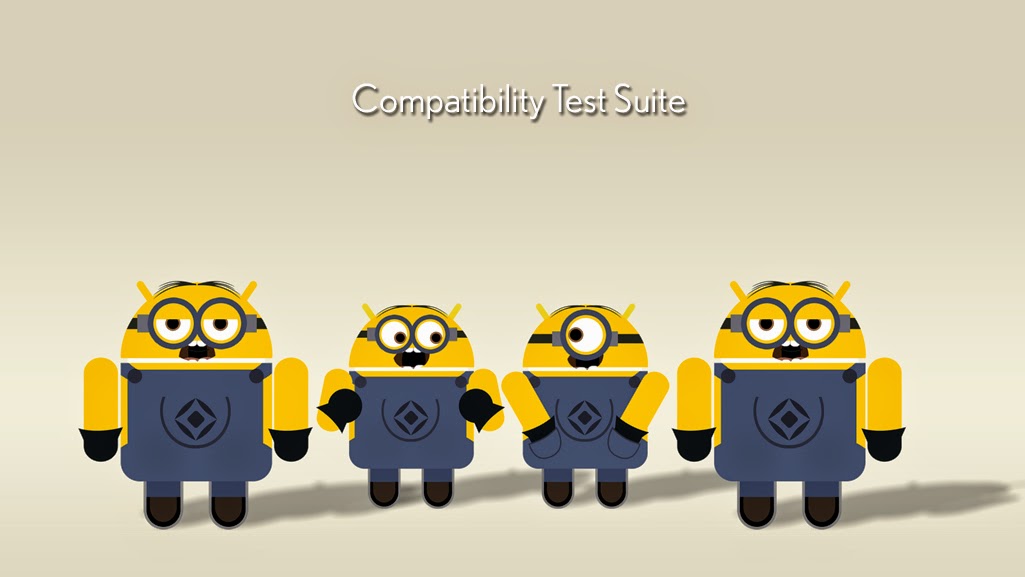Dalvik Virtual machine VS Java Virtual Machine:
Dalvik Virtual machine:
(DVM) is Register Architecture, designed to run on low memory, uses its own byte code and runs .Dex file (Dalvik Executable File)
Java Virtual Machine:
(JVM) is Stack Architecture, uses java byte code and runs .class file having JIT.
Java source code is compiled by the Java compiler into .class files. Then the dx (dexer) tool, part of the Android SDK processes the .class files into a proprietary file format called DEX that contains Dalvik bytecode.
Difference between .class and .dex file format
● In DEX all the classes of the application are packed into one file.
● All the classes in the same DEX file share field, method, etc if they are same.
● Classes from the same DEX file are loaded by the same class loader instance.
Click on the link below to view in graphic the difference between the two:
Difference between .class and .dex file:
1) The dx tool eliminate all the redundant information that is present in the classes. The initial loading and parsing procedures that happens again and again are eliminated.
2) In general, a Java .class file contains a number of different method signatures used in the code. These signatures are duplicated if referenced in different Java classes.In other words, each of these classes references to the methods that takes the same arguments and the same return type. So, each one of these classes will have to include the same method signatures and hence the efforts of parsing the files are duplicated. In addition to this, there is a large number of strings included that labels the internal bits of the class files.
3) In the dex conversion all of the separate constant pools are collapsed into a single shared constant pool. This way not only is redundant information eliminated but storage space to store the shared constant pool is also conserved.
2) In general, a Java .class file contains a number of different method signatures used in the code. These signatures are duplicated if referenced in different Java classes.In other words, each of these classes references to the methods that takes the same arguments and the same return type. So, each one of these classes will have to include the same method signatures and hence the efforts of parsing the files are duplicated. In addition to this, there is a large number of strings included that labels the internal bits of the class files.
3) In the dex conversion all of the separate constant pools are collapsed into a single shared constant pool. This way not only is redundant information eliminated but storage space to store the shared constant pool is also conserved.
- Conceptually, there is little difference from an application level between a DVM and a JVM. Architecturally, there is a major difference between the registerbased DVM and the stack-based JVM.
- Both use a VM code model. However, the DVM uses registerbased opcodes that are comparable to the register-based bytecode instructions that most of the target platforms already execute. This includes architectures such as those available from ARM and MIPS and the x86-compatible architectures from Intel, AMD, and VIA Technologies.
- Google developed Android and chose DVM for several reasons. First, there were licensing issues with most JVMs. Next, the DVM should be more efficient in terms of memory usage and performance on a register-based machine. DVM is also supposed to be more efficient when running multiple instances of the DVM. Applications are given their own instance. Hence, multiple active applications require multiple DVM instances. Like most Java implementations, the DVM has an automatic garbage collector.
What is DVM(Dalvik Virtual Machine):
1. All Applications Written in java and are Converted into .dex file
2. .dex means Dalvik Executable File
3. Every Application in Android will runs in own Process
4. Not a Traditional JVM.Its a Customized Virtual Machine which will run multiple VM's in a single Device.
5. VM uses Linux kernel to handle Low Level Functionality which is threading,memory management ,Security,etc.
6. .dex is a binary code
7. VM is a Registered based


You can see the discussion here http://www.questionsforum.net/questionAnswer.html?method=questionAnswer&qid=214
ReplyDeleteYou can see the discussion here http://www.questionsforum.net/questionAnswer.html?method=questionAnswer&qid=214
ReplyDeleteYou can see the discussion here What is the difference between DVM and JVM ? Why android uses DVM ?
ReplyDeleteGreat peace of information on Dalvik Virtual machine VS Java Virtual Machine. You have mentioned some most important difference between DVm and JVM. Great article. I like your post. It was very nice. Thanks for sharing.
ReplyDeleteSoftware Development Company In Indore
I appreciate your efforts because it conveys the message of what you are trying to say. It's a great skill to make even the person who doesn't know about the subject could able to understand the subject . Your blogs are understandable and also elaborately described. I hope to read more and more interesting articles from your blog. All the best.
ReplyDeleterpa training in bangalore
best rpa training in bangalore
RPA training in bangalore
rpa course in bangalore
rpa training in chennai
rpa online training
Good post. I learn something totally new and challenging on websites I
ReplyDeletestumbleupon on a daily basis. It will always be exciting to read articles from other writers and use something from their websites.
Here My website SEO Company in Ujjain
Hi, Enjoy the article, I'm Manisha, I really want to say sincerely that this is amazing content that you have shared.
ReplyDeletethanks for this. it's really very helpful for me.
Here My website for WEB DEVELOPMENT Company in Ujjain
This post is so helpfull and informative.keep updating with more information...
ReplyDeleteDigital Marketing Course In Mumbai
Digital Marketing Course In Ahmedabad
Digital Marketing Course In Kochi
Digital Marketing Course In Trivandrum
Digital Marketing Course In Kolkata
This post is so interactive and informative.keep update more information...
ReplyDeleteAndroid Training in Velachery
Android Training in Chennai
best digital marketing courses in kochi
ReplyDeleteLogistics course in kochi
ReplyDeleteThis post is so helpfull and interavtive.I simply needed to thank you very much again. I am not sure what I would've achieved without the type of tricks documented by you directly on that area of interest.Best Datascience course in kochi 2024
ReplyDeleteHospital administrators streamline healthcare operations, supervise staff, manage budgets, and enhance patient services across medical facilities.
ReplyDeleteVisit website
Hospital administrators plan, direct, and coordinate health services, ensuring efficient operations and quality patient care.
ReplyDeleteEnroll now
Hospital administrators oversee healthcare systems, manage resources, implement policies, and ensure patient care meets professional standards.
ReplyDeleteVisit now
Hospital administrators lead healthcare delivery systems, manage services, ensure compliance, and support efficient, high-quality patient treatment processes.
ReplyDeleteExplore more
It's really a very informative blog. Thak you so much for sharing this wonderful article with us. Keep posting such informative blogs.
ReplyDeleteData analytics course in kphb hyderabad